
It takes just one look at Rockwell’s revolutionary JawHorse clamping workstation to tell that this tool has some serious chops (and I mean “chops” in the editorial sense, i.e. credentials; and in the biting sense; the clamp is a game-on! feature). It performs on both the jobsite and in the workshop.
But the real value for me—and why it has become central to my on-site home improvement tool set-ups—is all the things I discovered I could do with the tool as the need arose. There are few tools this versatile, tough, and easy to use.
Hero Function. The JawHorse’s hero function is holding on to things while you work on them—a perennial problem and one Rockwell solves very, very well. JawHorse’s foot-operated jaw clamps anything from a piece of paper to a 36 inch wide panel—and everything in between. And with the clamping pressure customizable you can use just the right amount of pressure required—up to 1 ton; this is simply not possible with other set-ups.
What’s more, because this clamping function is woven into a 3-legged, all steel “saw horse” you don’t have to hold the clamp in place. It’s done for you. This is where uses for the JawHorse become limited only by imagination.
Here are a few tasks I’ve used it for; keep in mind I have two and often team them up:
¬Gluing up panels for a woodworking project. I built a small bar and glued up cedar planks as the top. (To even out the clamping pressure I used 2-by on edge on each side of the bar top.)
¬In-feed and out-feed support for my miter and table saws. Rollers and the like don’t tend to work for me on un-even ground because they’re uneven too. For supporting long work-pieces like crown molding and other boards with the JawHorse I can clamp a work-support just where I need it—at just the right height and angle—no matter what’s going on with the ground. And unless the ground moves the JawHorse stays put throughout the job. That’s what I’m talkin’ about.
¬Tarp holder. With a JawHorse at each end of a tarp I can securely cover my tools at night before heading home. I have never found a tool better suited for this. I can count on my tools being dry the next day. What a relief.
¬I also use two JawHorses to set up something of a tent. For example, on one site I tied a tarp to the house’s porch, then clamped a vertical 2×6 in each of my JawHorses. On top of the 2x6s I screwed the tarp. Rain came, but I stayed dry—and working. When the sun was baking, I was in the shade. When the wind blew, the tarp ruffled but otherwise stayed put. This ability alone has saved me days of downtime and paid for both JawHorses.
¬Building giant work tables. Again, using two JawHorses, I ran 2x4s between the jaws then bridged them with two full sheets of plywood. That’s 64-square feet of worktable. I laid out and prepped an entire sheet on vinyl flooring on there—a project I would have otherwise had to have done on my knees on a driveway. The time saved and the efficiency increased were terrific!
¬Paint Station. Again, I clamped 2-bys between the jaws and created a work surface where I could pre-paint trim and fence materials before installation. The work surface was huge, stable, easily set-up and broken down. It created efficiencies like nothing else I’ve used.
¬Walk board. That’s right. While this probably isn’t a Rockwell sanctioned activity, I fabricated one by bridging two JawHorses with a double layer of ¾ inch plywood about 24 inches wide. It was wide, stable, and just the right height for the job: installing 1st floor vinyl replacement windows. And since one unit bears about 300 pounds of weight I couldn’t break one if I tried. This saved me hours of jockeying ladders and again, the JawHorses paid for themselves.
¬Repairing a garden hose. So instead of mangling my fingers trying to keep a damaged garden hose still while I cut it with a utility knife, I clamped the hose in the JawHorse. And that was all it took, the floodgates of use opened.
¬I stripped paint and mortised door hinges using the JawHorse to hold the doors. On solid wood doors, just a quick clamp on the foot pedal was all it took. But for hollow-core doors, a light push with the foot prevented crushing the door. Nice.
Mobility & Storage. The JawHorse’s all steel frame brings the tool in at about 40 pounds. You know it when you lift it, but the tool folds down into a compact size ideal for storage in a small shop or in the truck (I tuck mine under a work bench in my shop.) It has a roller on the bottom so if you can roll it most of the places you have to go anyway. And because it’s fully powder coated, it’ll endure life in the truck without a worry. The JawHorse is more versatile than other tools I own even when I’m not using it…
And that’s the point: this tool, whether as a clamp, hold-down, work-table, tent (you get the idea) saves me untold headaches that up until this point I’ve lived with just like every other carpenter. Not any more. The JawHorse has made its money back for me several times over. It’ll work hard for you whether you’re a pro or Diyer, working alone or as part of a crew.
Note: if you’re a really astute reader (or stalking me…is that you outside with the tinted windows?) you know it’s me on the TV infomercial. The cats at Rockwell knew I was using the JawHorse on my jobsites and asked me if I’d share my opinion with the world. I mean it here and I meant it there. This tool is a time saver and efficiency producer.

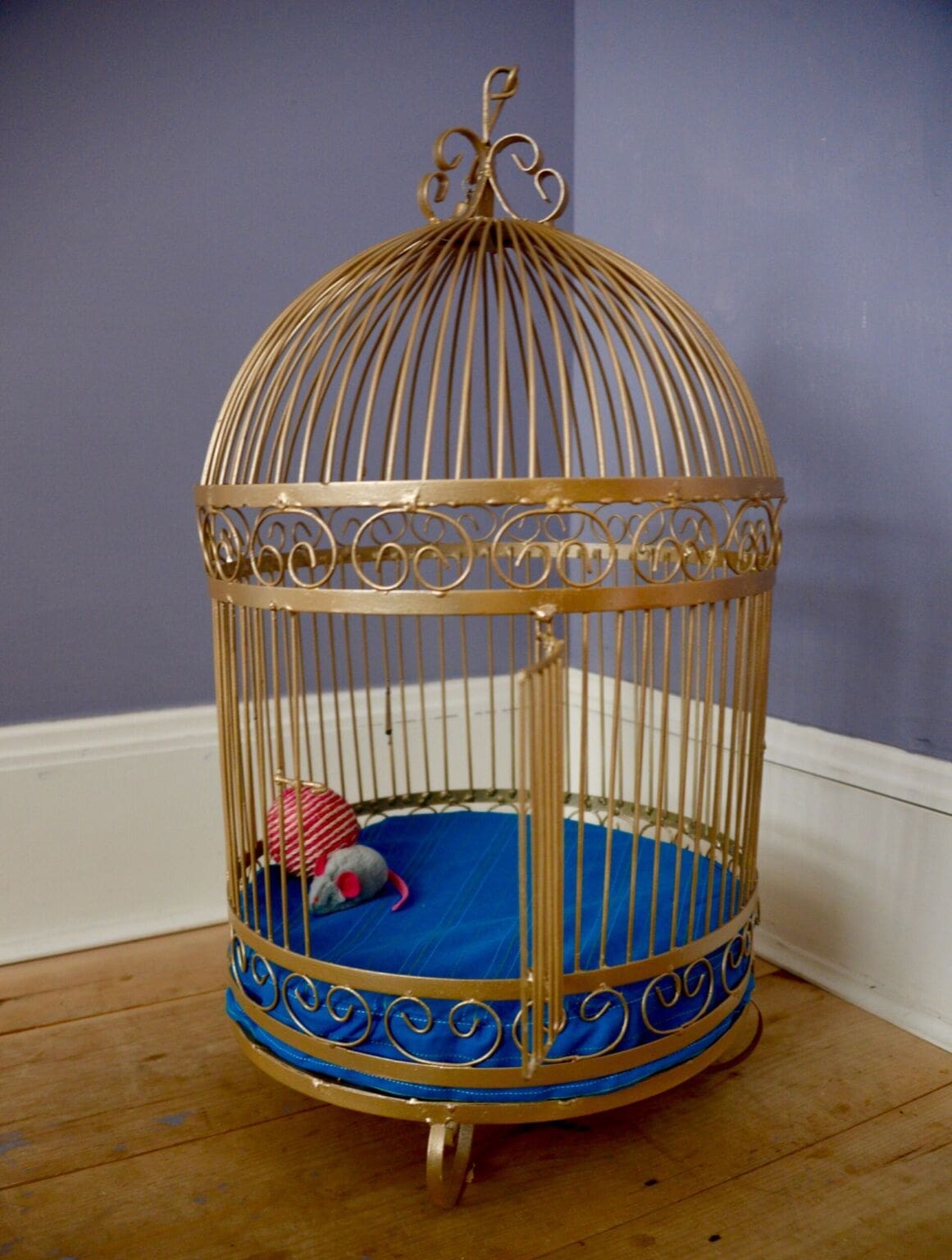
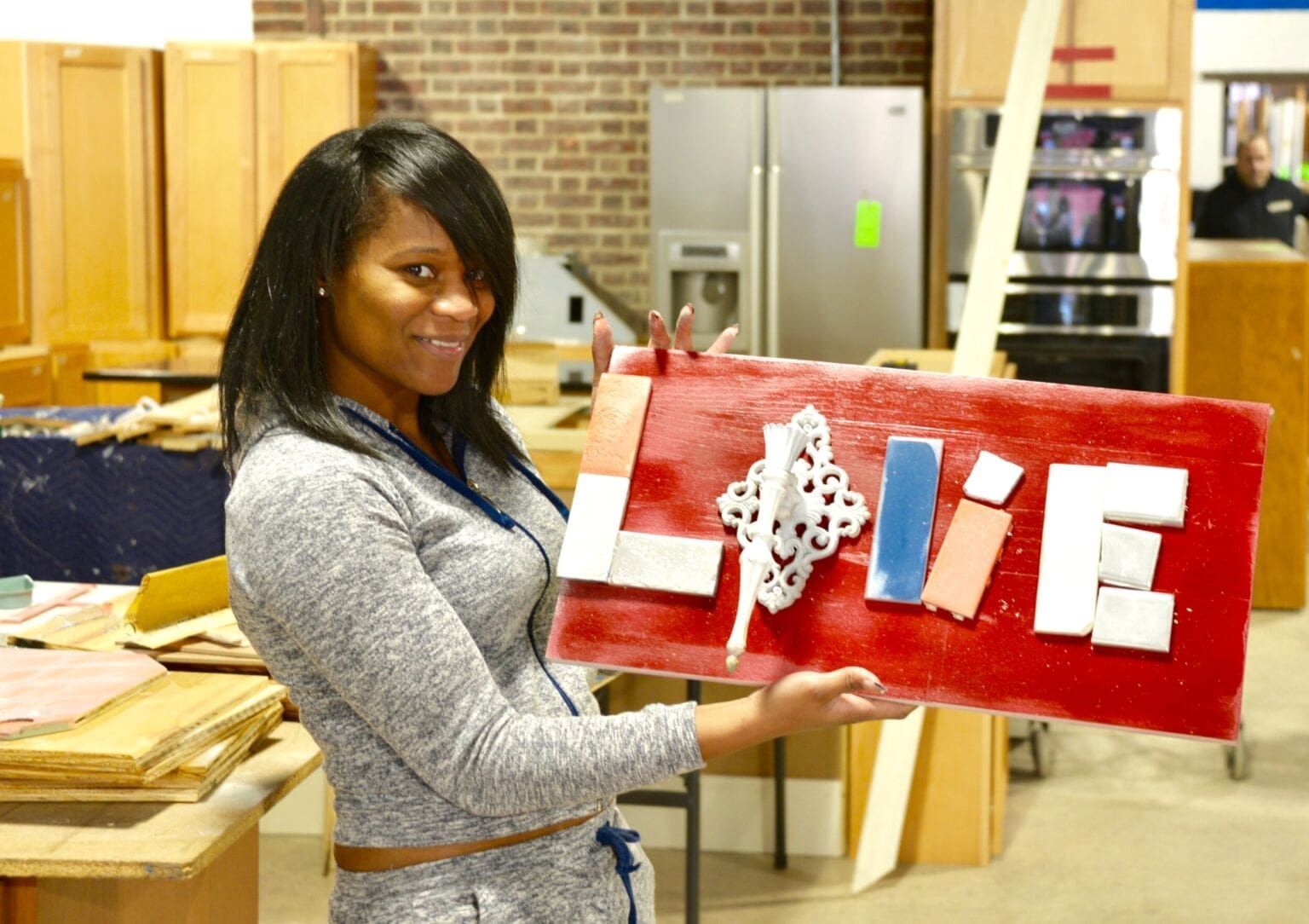
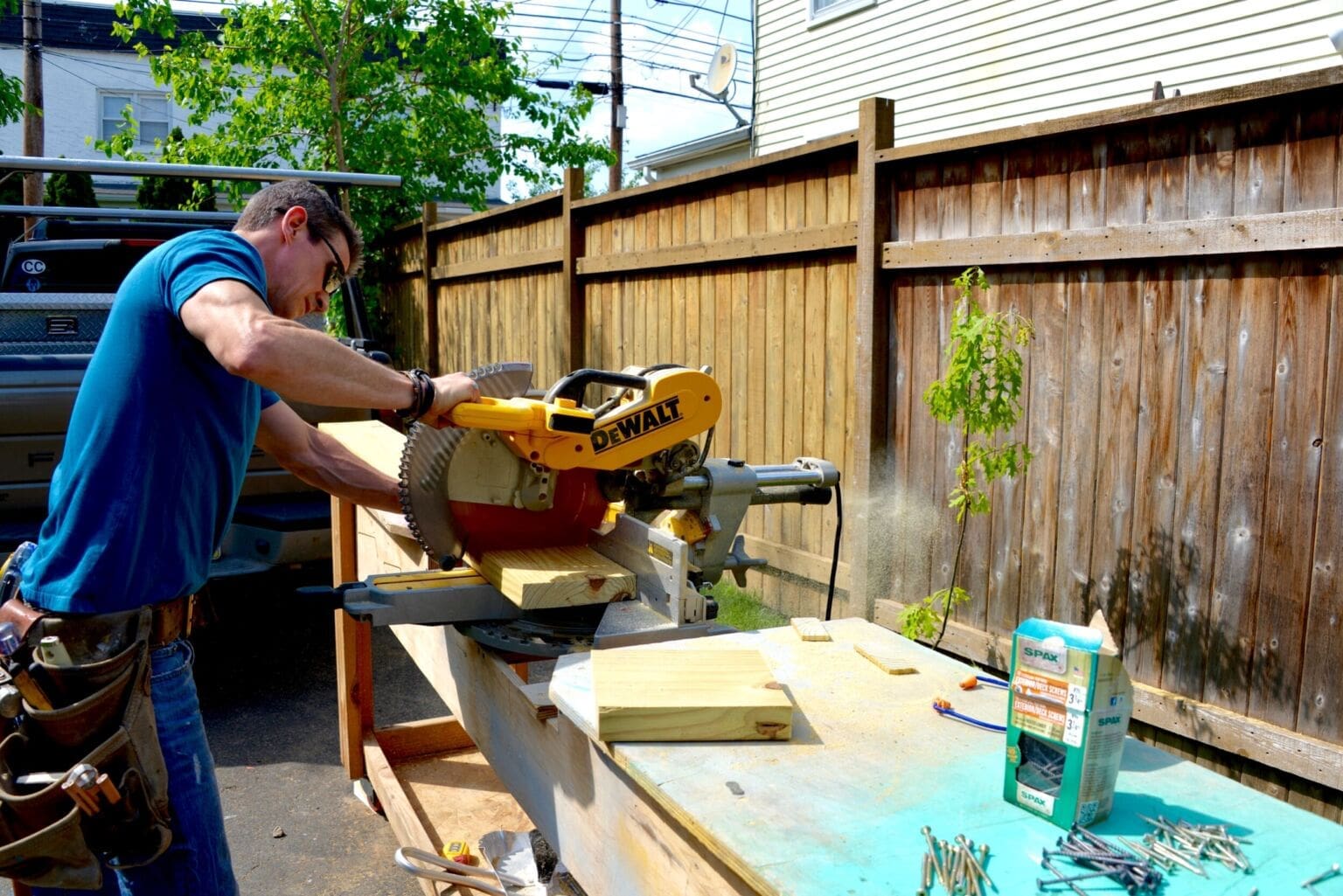


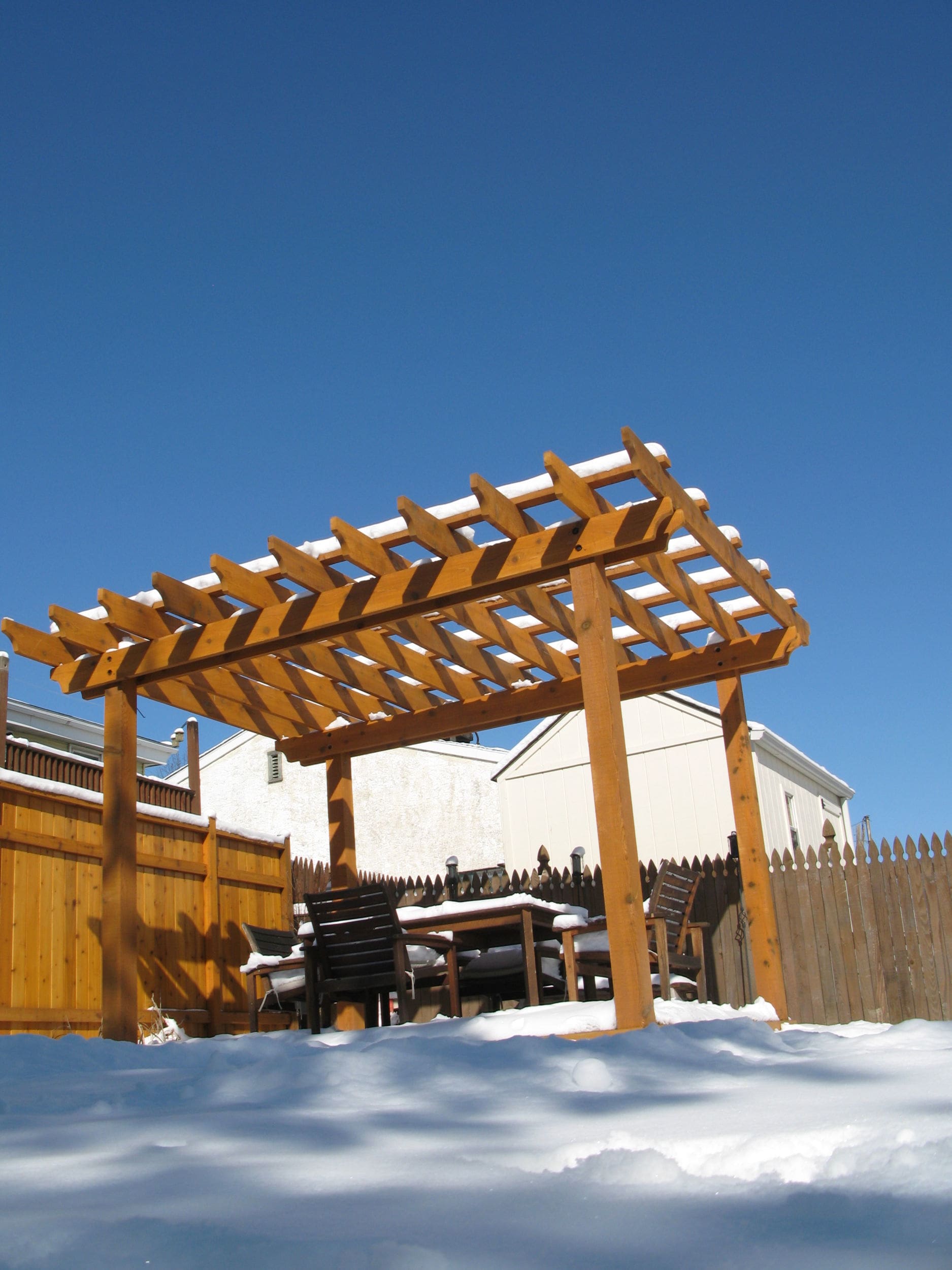
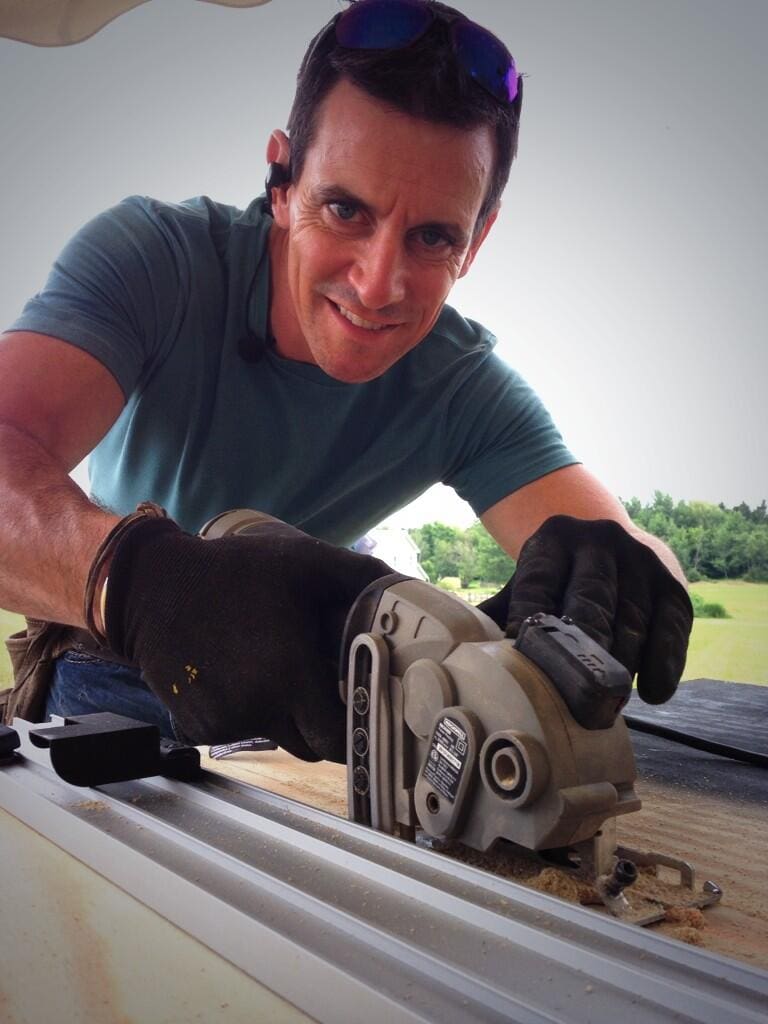
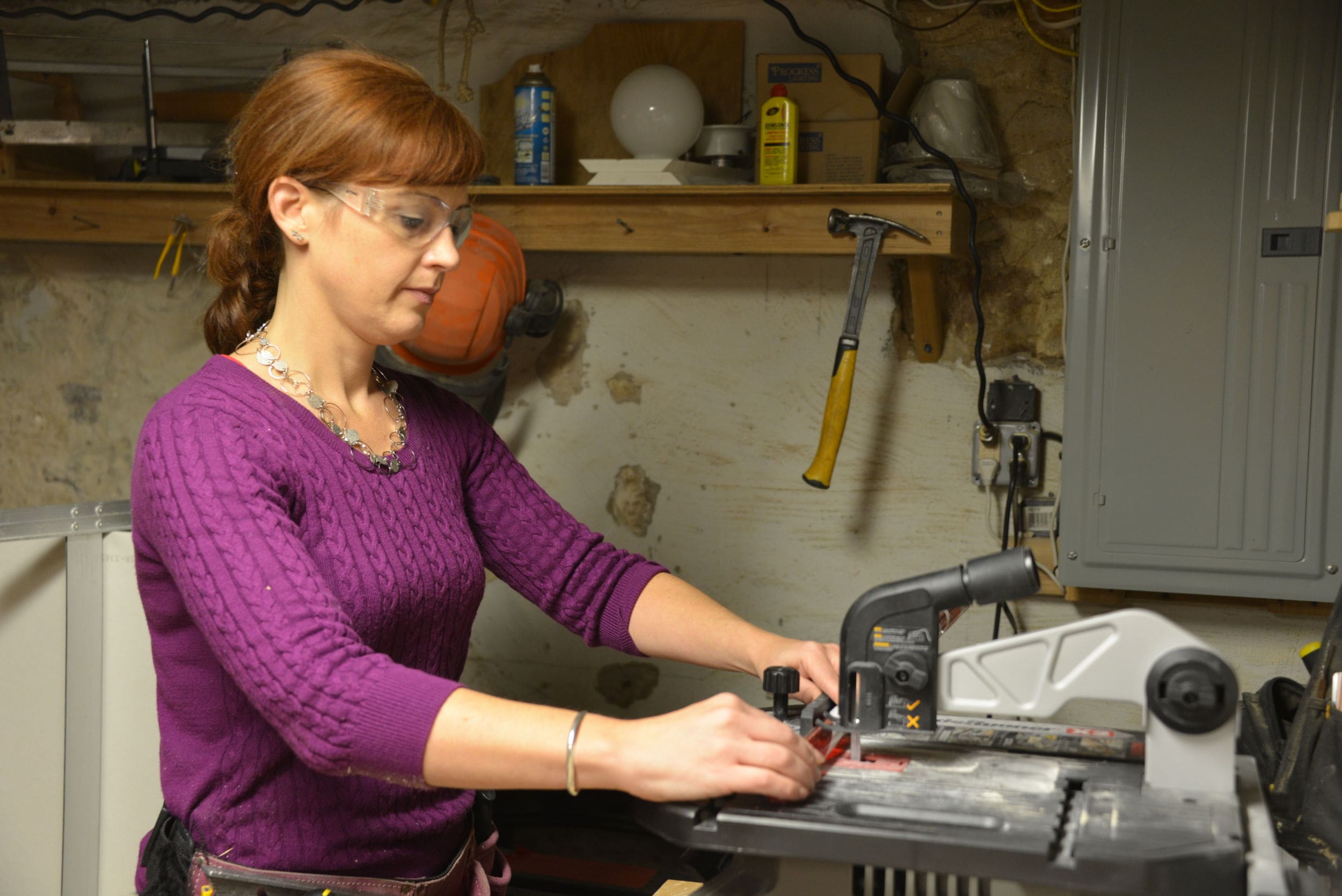




[…] Read Mark’s review of the Jawhorse. […]
[…] Set up smart. A work table is great place to keep things organized. And if this is a multi-day operation, you can store stuff […]